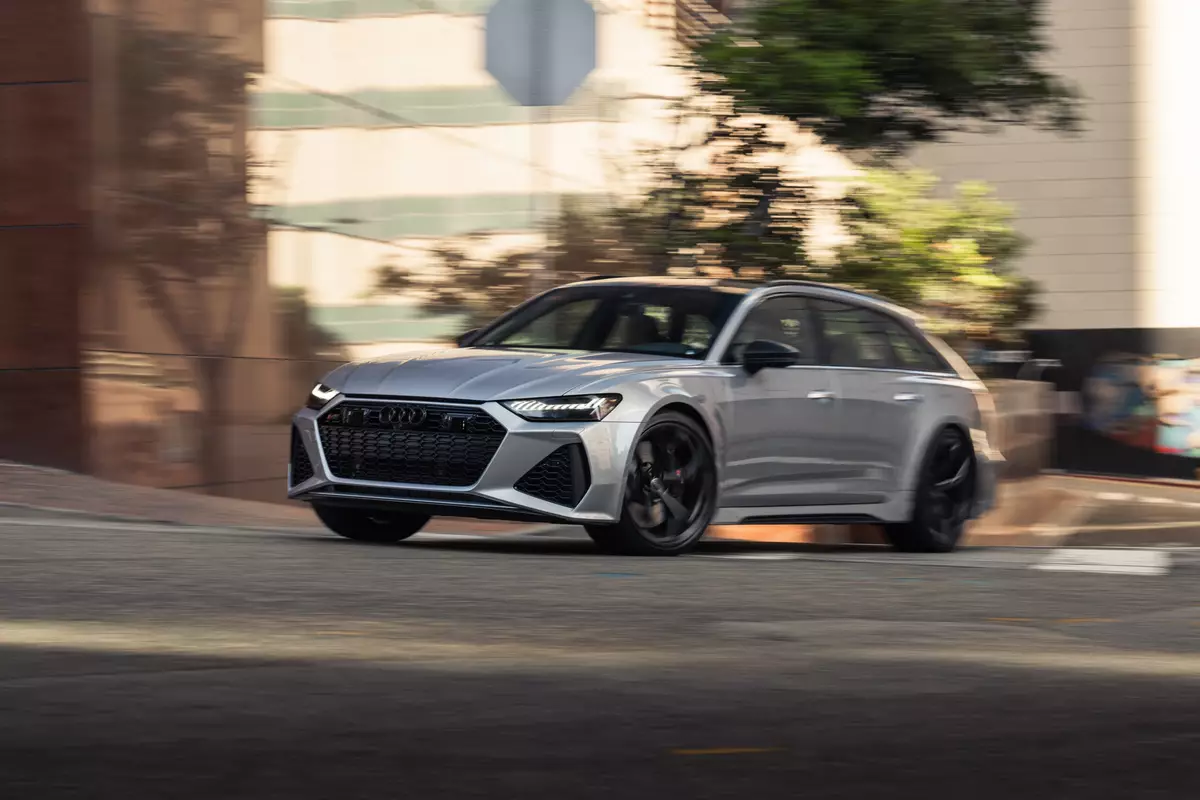2016 Toyota Prius: First Look


Competes with: Ford C-Max, Chevrolet Volt
Looks like: The Prius got a good dose of styling from Toyota’s new Mirai hydrogen sedan
Drivetrain: Gasoline engine assisted by electric motor; details still TBD
Hits dealerships: Early 2016
A gallon of gas might be cheaper than a box of Cheerios these days, but the Prius marches on with a fuel economy improvement for 2016. Toyota’s venerable hybrid enters its fourth generation with the most striking design change since the second-gen Prius cemented the hybrids-as-hatchbacks era more than a decade ago.
Related: 2016 Toyota Prius’ Styling Goes From Mild to Wild (27 Photos)
Wider, lower and significantly longer (2.4 inches) than its predecessor, the Prius adopts cues from Toyota’s Mirai hydrogen sedan introduced at the 2014 Los Angeles Auto Show. Though it still technically has a split rear window, the new Prius looks more sedanlike than any Prius since the first-gen, um, sedan. Riding an all-new global platform, the redesigned model sports a new, higher-tech rear suspension, and Toyota says gas mileage improves 10 percent, though EPA numbers are still pending.
It’s unclear whether Toyota will redesign the car’s Prius c and Prius v siblings, or whether there will also be a plug-in version of the Prius. For now, the new Prius is all we see; it goes on sale in early 2016.
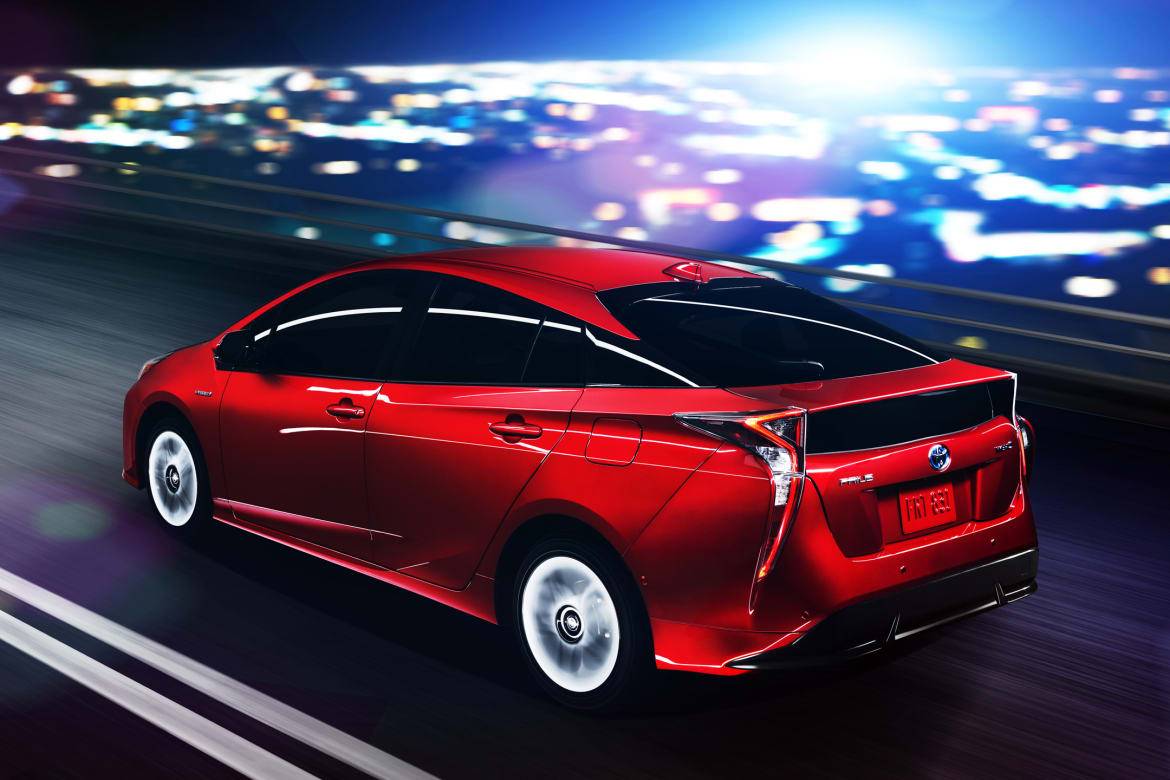
Exterior
Onlookers should have no trouble distinguishing the new Prius from the two generations that preceded it, thanks to a horizontal spoiler that joins the taillights, bisects the rear window and gives the impression of a conventional sedan trunk. That’s not the only visual illusion; the C-pillars have black lower portions, simulating a wraparound rear window and floating roof.
LED headlights are standard. The taillights themselves have tall, arching lenses that slip into fanglike protrusions down the rear corners of the car. It’s a look similar to the Toyota’s peculiar-looking Mirai hydrogen sedan, which the automaker calls a Prius sibling.
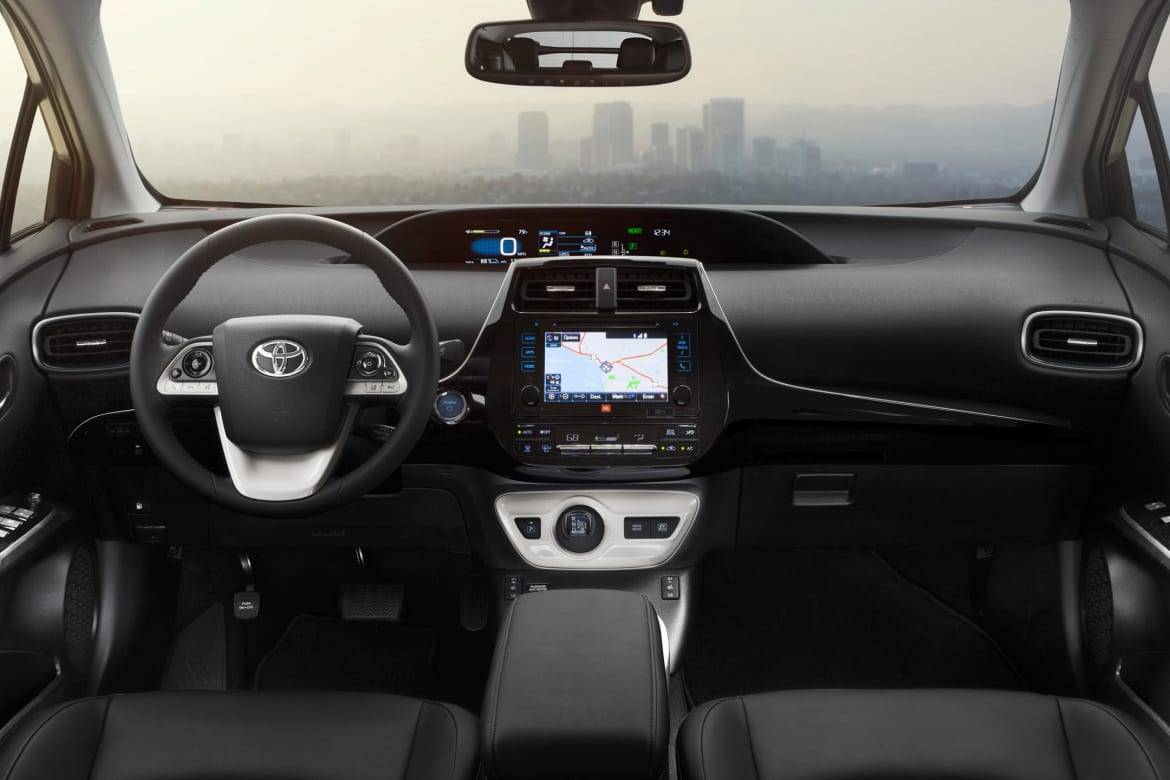
Interior
More similar to the old Prius than the exterior, the cabin still elevates a plane of center controls off the rest of the dashboard, with high-mounted instruments closer to the windshield. Bridging the gap between the center console and dash is a low-mounted center tunnel, which should free up knee space. That’s a design feature that harkens back to the second-gen Prius.
Toyota says the available white trim on portions of the steering wheel and lower dashboard emulates china (the dishware, not the country). The air vents have tiny “Prius” etchings on them – a bit of branding you’d expect in a Jeep or Chevrolet, not a Toyota. A blue electronic gear selector still sits below the climate controls, flanked by a Park button and various driving modes.
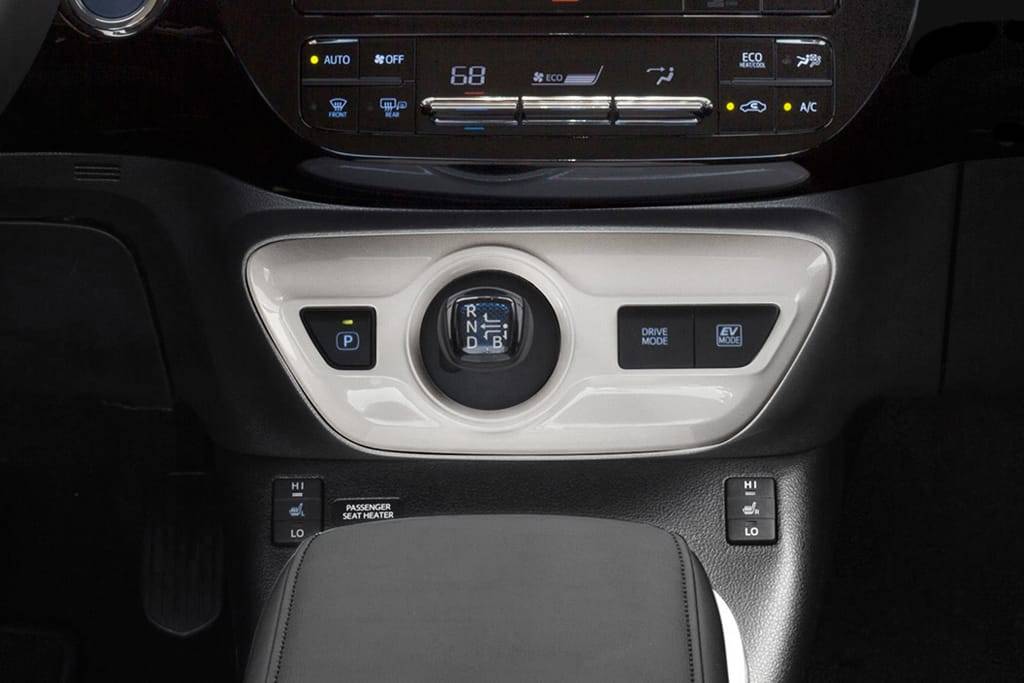
Under the Hood
Details are still forthcoming on the Prius’ gas-electric drivetrain, but Toyota says it uses lighter components and more energy-dense batteries that should help the car see a 10 percent boost in gas mileage. EPA certification is still pending, but that would put the new Prius in the mid-50s in combined city/highway mileage. Whatever the final number, Toyota promises it will be the best mileage you can get in a gasoline car without a plug.
In place of the outgoing Prius’ semi-independent rear suspension is a new, independent double-wishbone rear. It’s a significant upgrade on paper, though we’ll have to drive the car to know for sure. Toyota says a “soon-to-be unveiled” Eco trim level will eke out even better mileage, but it didn’t provide further details.
Safety
Toyota’s optional Safety Sense system includes adaptive cruise control, lane departure warning, automatic high-beam headlights and forward collision warning with automatic braking.

Former Assistant Managing Editor-News Kelsey Mays likes quality, reliability, safety and practicality. But he also likes a fair price.
Featured stories
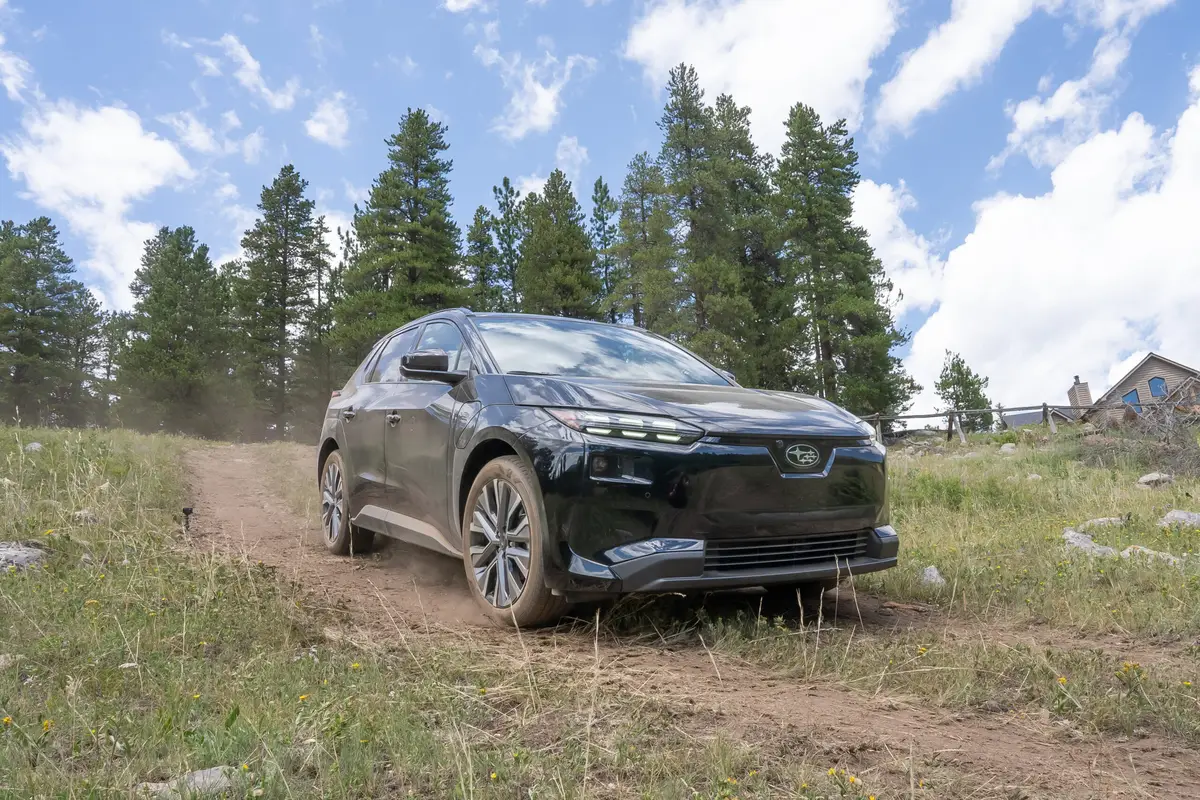
2026 Subaru Solterra Review: Necessary Improvements

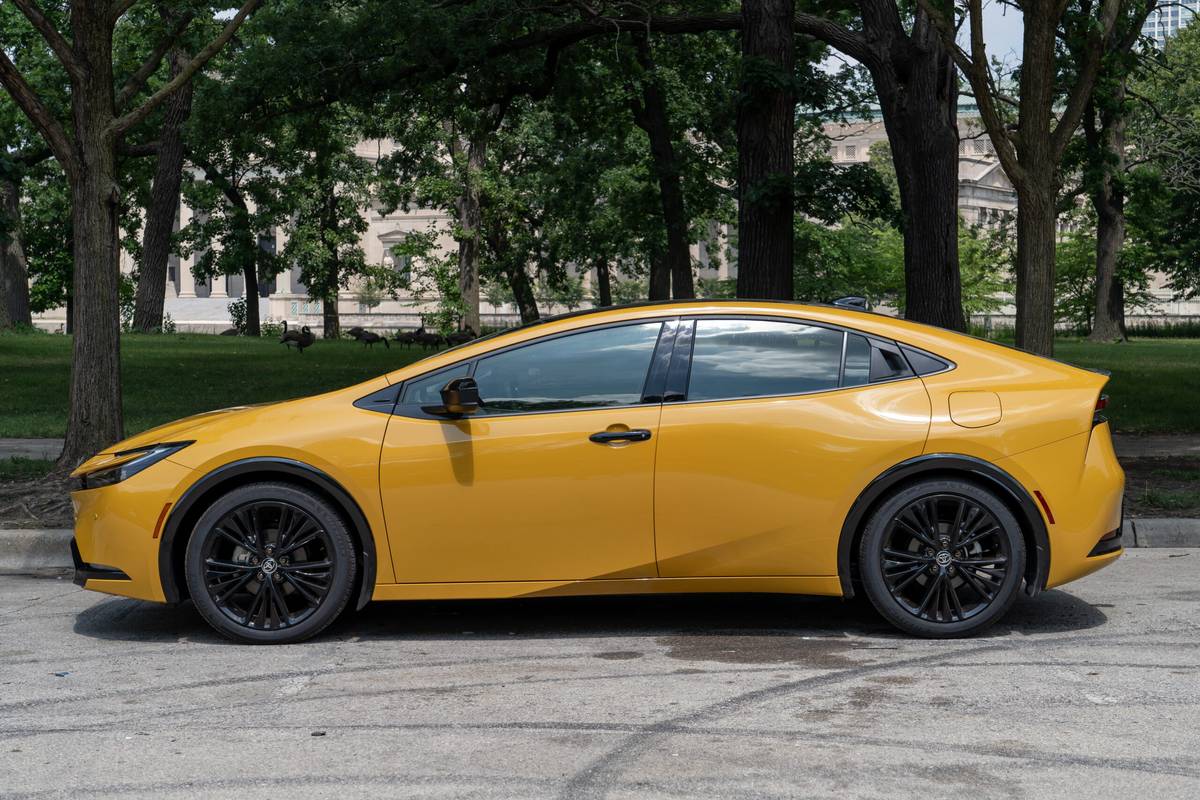
2025 Toyota Prius Review: Big on Mileage, Small on Space

